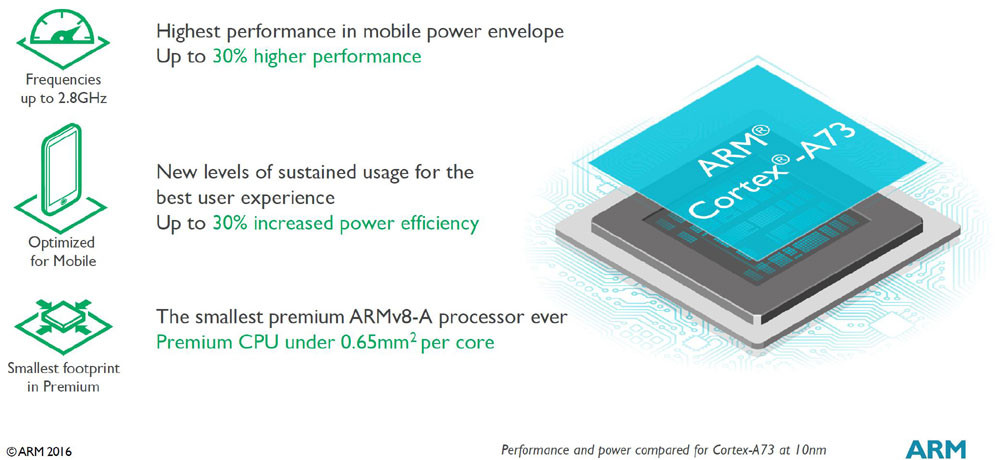
The cycle of the computer industry can best be described as this: hardware gets faster, which lets software do more, but then hardware gets even more faster, so again, software improves. We all say that today’s flagship phones are “enough”, but let’s not kid ourselves, we’re not going to say no to sharper screens, faster processors, more RAM, and an even more capable version of Android.
Most phones today, at least the good ones, use 28 nanometer chips from Qualcomm, MediaTek, or Samsung. The chip making industry has been “stuck” on 28 nanometers ever since the first Snapdragon S4 rolled off TSMC’s assembly line back in early 2012. The Snapdragon 800 that’s inside devices like the Galaxy Note 3 and LG G2 is pushing the upper limits of what 28 nanometers are capable of achieving, so the obvious step is to go even smaller.
According to the Taiwanese publication DigiTimes, Samsung is throwing as much money as they can on 20 nanometer manufacturing technology. They want to get those factories up so quickly that they took people off the teams developing 14 nanometer chips in order to speed up the transition to 20 nanometers.
When will we actually see a smartphone ship with a 20 nm SoC? If I had to make a guess, I’d say by the end of next year, but that’s a very aggressive guess. Now that Apple’s banging the 64-bit drum, investors, the media, and hardcore spec addicts are going to be pushing both Qualcomm and Samsung to hurry up and come out with their own respective 64-bit chips, so yeah, H2 2014.
I’m 100% confident the Galaxy S6 will have a 20 nm chip, but that’s a 2015 phone.

















